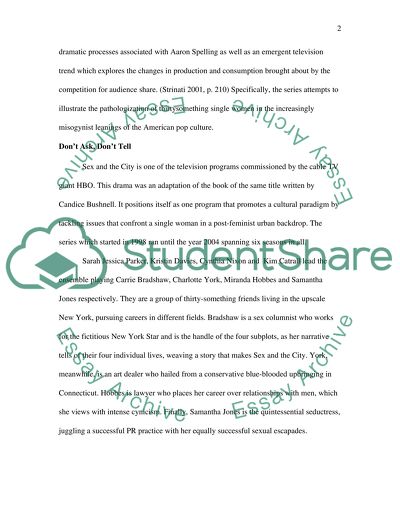Cite this document
(Communication Studies Television - Sex and the City Case Study, n.d.)
Communication Studies Television - Sex and the City Case Study. Retrieved from https://studentshare.org/visual-arts-film-studies/1538110-communication-studies-television-analysis-sex-and-the-city-critical-analysis
Communication Studies Television - Sex and the City Case Study. Retrieved from https://studentshare.org/visual-arts-film-studies/1538110-communication-studies-television-analysis-sex-and-the-city-critical-analysis
(Communication Studies Television - Sex and the City Case Study)
Communication Studies Television - Sex and the City Case Study. https://studentshare.org/visual-arts-film-studies/1538110-communication-studies-television-analysis-sex-and-the-city-critical-analysis.
Communication Studies Television - Sex and the City Case Study. https://studentshare.org/visual-arts-film-studies/1538110-communication-studies-television-analysis-sex-and-the-city-critical-analysis.
“Communication Studies Television - Sex and the City Case Study”. https://studentshare.org/visual-arts-film-studies/1538110-communication-studies-television-analysis-sex-and-the-city-critical-analysis.


